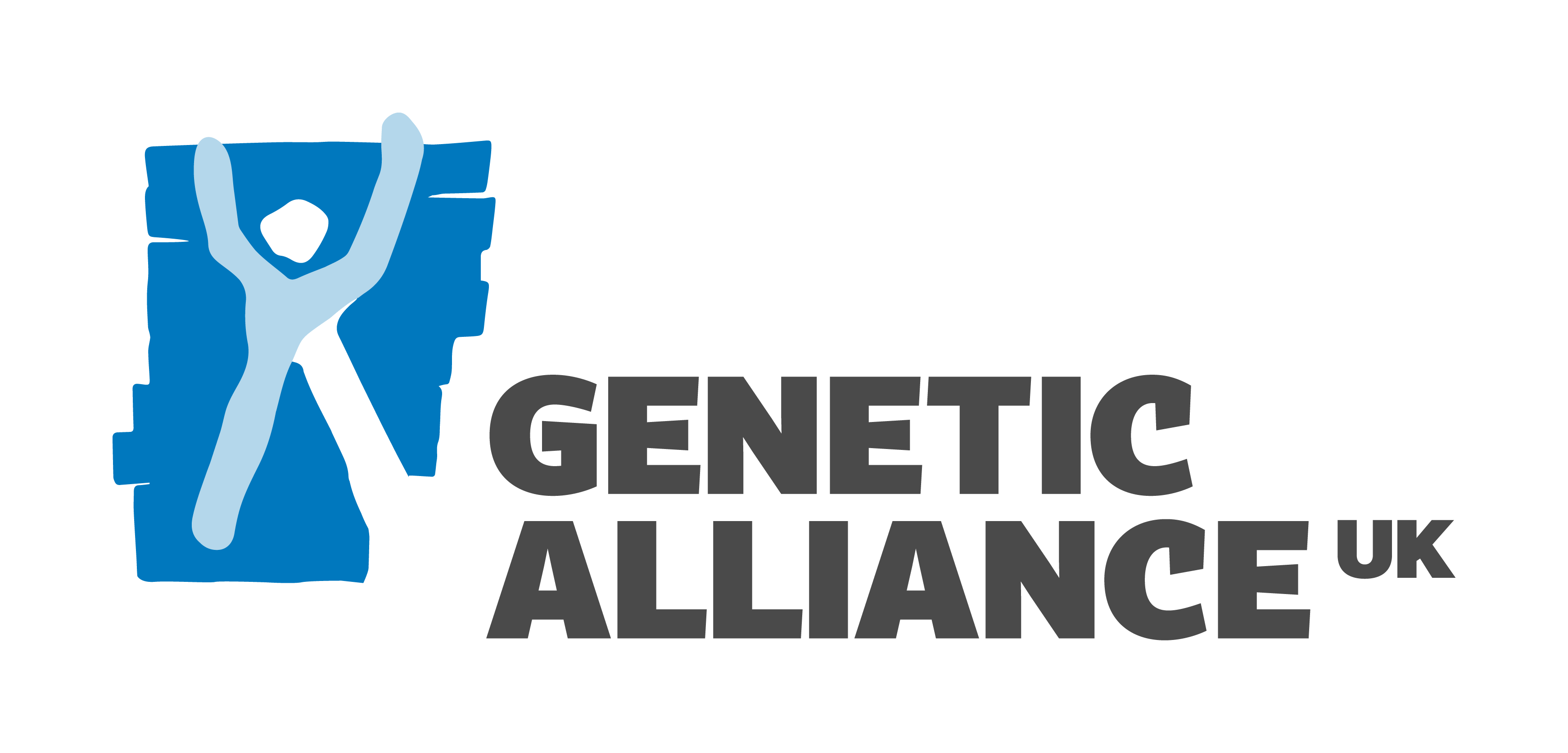
Breathing Exercises
Navigating the chaos of our busy lives to find moments of calm can be quite a challenge. However, incorporating conscious breathing exercises into your routine can really help. These exercises not only cultivate a sense of calm but also work wonders in reducing stress and promoting overall wellbeing. We've outlined some effective breathing techniques that can easily fit into your daily schedule, offering a little oasis of calm amidst the hustle and bustle.
The key thing to remember with breathing, is that the 'out breath' is longer than the 'in breath', as the out breath is the 'relaxation breath', and triggers the parasympathetic nervous system. So, if you struggle to breathe to a specific count (if you have respiratory issues, for example), you can breathe to any count that works for you, as long as the out breath is longer. It can be 2 in and 4 out if that's what works best for you. Please do not force yourself to do a particular count if you are struggling, especially at the start. Just breathe in a way that feels comfortable for you, but with the longer out breath.
Some people find breathing difficult, particularly if there are respiratory issues, anxiety or trauma - it can be a trigger for people to focus on the breath. Please be reassured that it's ok if you find it difficult, that's not a 'failing'. Focussing on the breath in the tummy is usually the safest place, rather than the chest. Breathe down into your tummy, or even sending the breath down into your feet can help. Do not worry if these breathing exercises do not work for you. There are many other relaxation tools that could work for you instead.
The breathing exercises provided on this page are intended to support general well-being and enhance mindfulness practices. They are not intended to treat, cure, or prevent any medical condition or mental health disorder. Always consult with a healthcare professional before starting any new exercise program, especially if you have any existing health concerns or conditions. If you experience any discomfort or adverse effects while practicing these exercises, stop immediately and seek medical advice. Your health and safety are our top priority.

Box Breathing
Box breathing is a simple yet powerful technique that helps regulate your breath and calm your mind.
Find a quiet place to sit or lie down comfortably. Close your eyes to eliminate distractions and bring your focus inward.
Inhale slowly and deeply through your nose, while counting to four. At the top of your inhale, pause and hold your breath for another count of four.
Count to four again as you exhale through your mouth. At the end of your exhale, hold your breath once more as you count to four before beginning the next cycle.
Continue this pattern for several rounds or until you feel more centred and calmer.

Deep Belly Breathing
Deep belly breathing helps activate the diaphragm, promoting a sense of relaxation and reducing anxiety.
Sit or lie down in a comfortable position, placing one hand on your chest and the other on your abdomen.
Take a slow, deep breath in through your nose, allowing your abdomen to expand as you fill your lungs with air.
Exhale slowly through your mouth, feeling your abdomen contract as you release the breath.
Focus on the movement of your breath. Pay close attention to the rise and fall of your abdomen with each breath.
Repeat this deep breathing pattern for several minutes, allowing yourself to feel more grounded and relaxed.
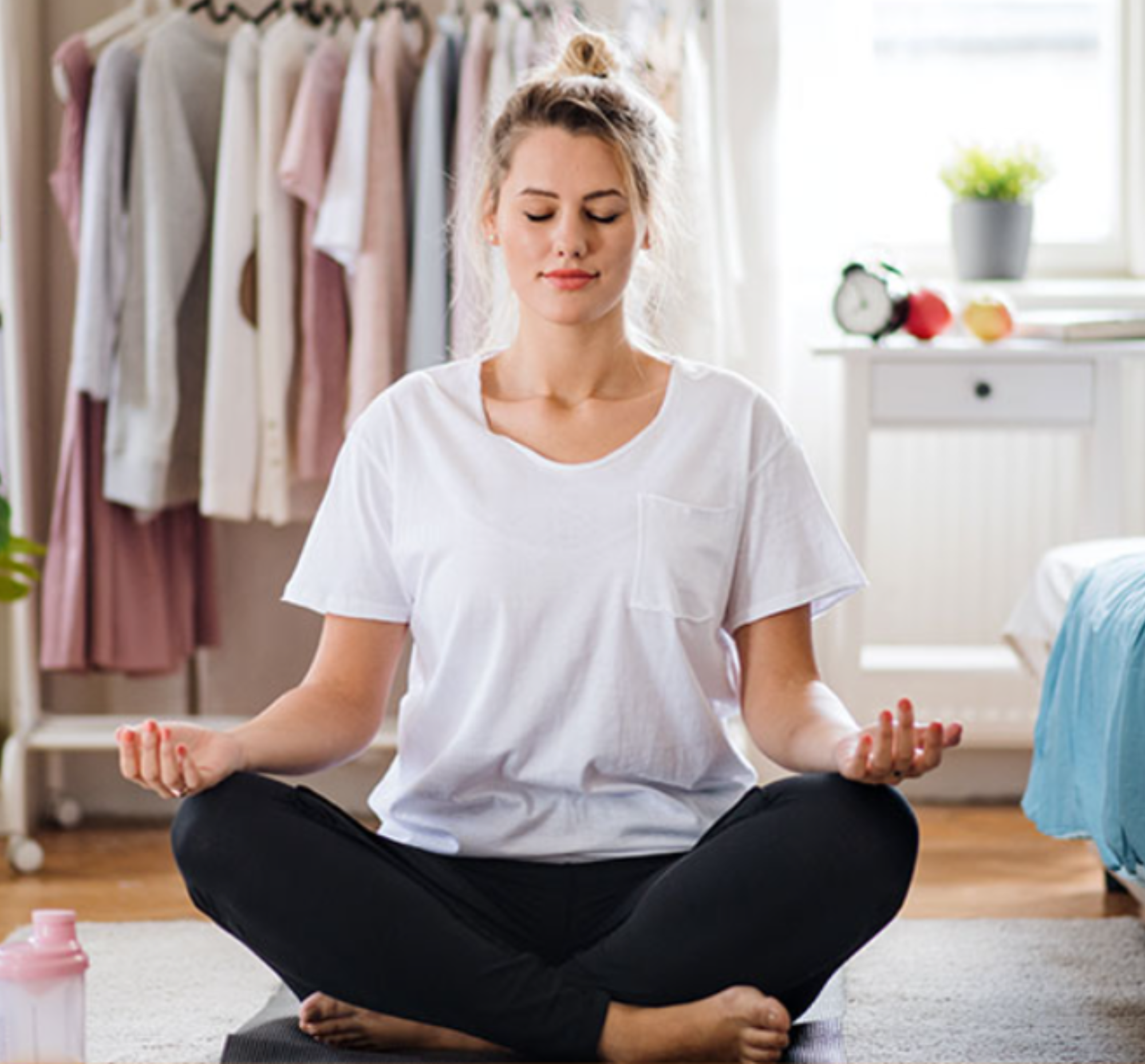
4-7-8 Breathing
The 4-7-8 breathing technique is a calming exercise that helps reduce stress and anxiety.
Find a comfortable and quiet place to sit or lie down.
Close your eyes and take a moment to relax your body.
Inhale through your nose slowly and deeply as you count to four.
Hold your breath as you count to seven.
Exhale slowly and completely through your mouth as you count to eight, making a whooshing sound.
Repeat the cycle for three more rounds, focusing on the rhythm and flow of your breath.
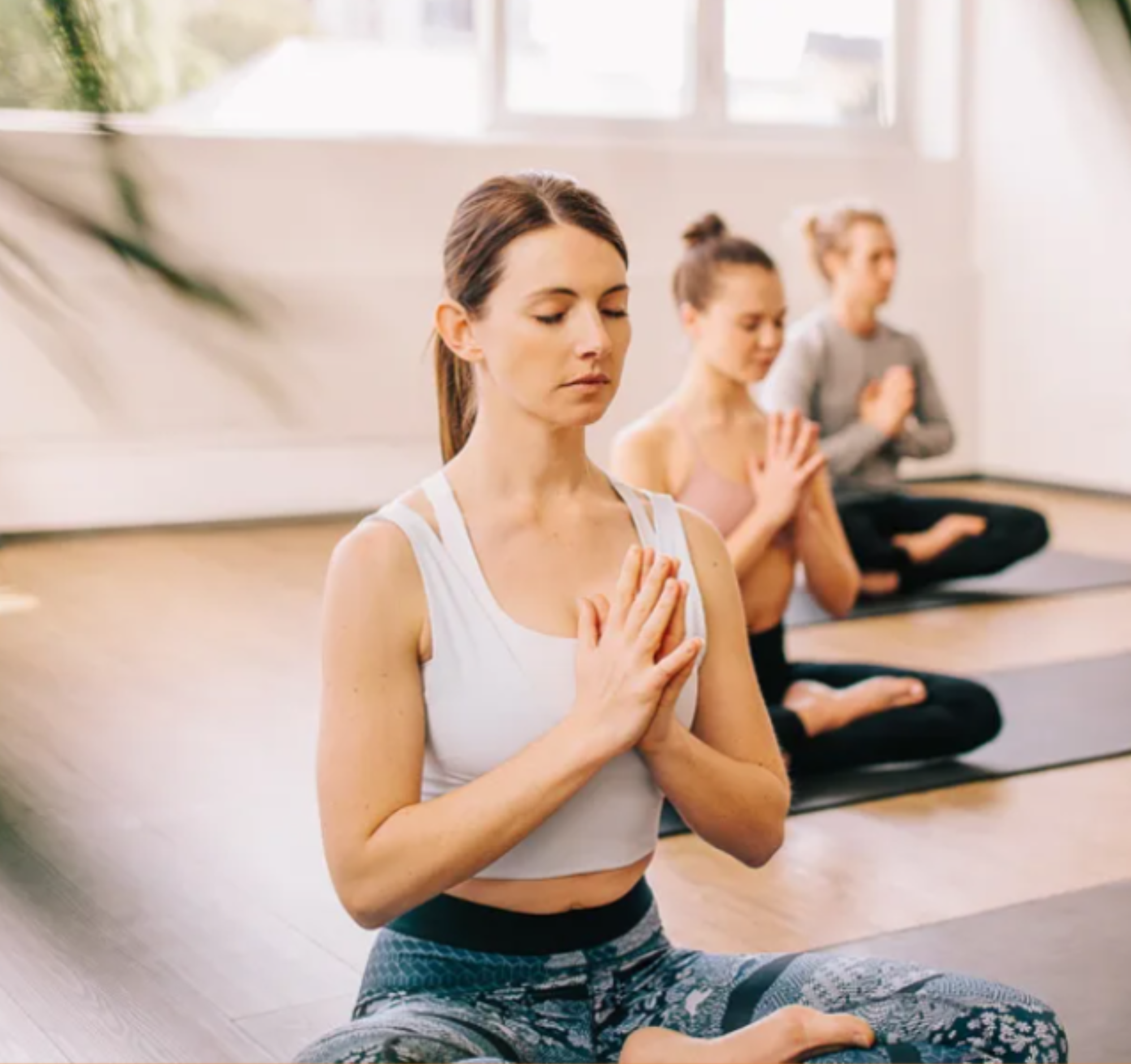
7/11 Breathing
Breathe in for a count of 7. Then breathe out for a count of 11.
Make sure that when you are breathing in, you are doing deep ‘diaphragmatic breathing’ (your diaphragm moves down and pushes your stomach out as you take in a breath) rather than shallower higher breathing.
If you find that it’s difficult to lengthen your breaths to a count of 11 or 7, then reduce the count to breathing in for 3 and out to 5, or whatever suits you best, as long as the out-breath is longer than the in-breath.
Continue in this way for 5-10 minutes or longer if you have time – and enjoy the calming effect it will have on your mind and body. An added bonus of 7-11 breathing is that the very act of counting to 7 or 11 is a distraction technique, taking your mind off your immediate concerns.
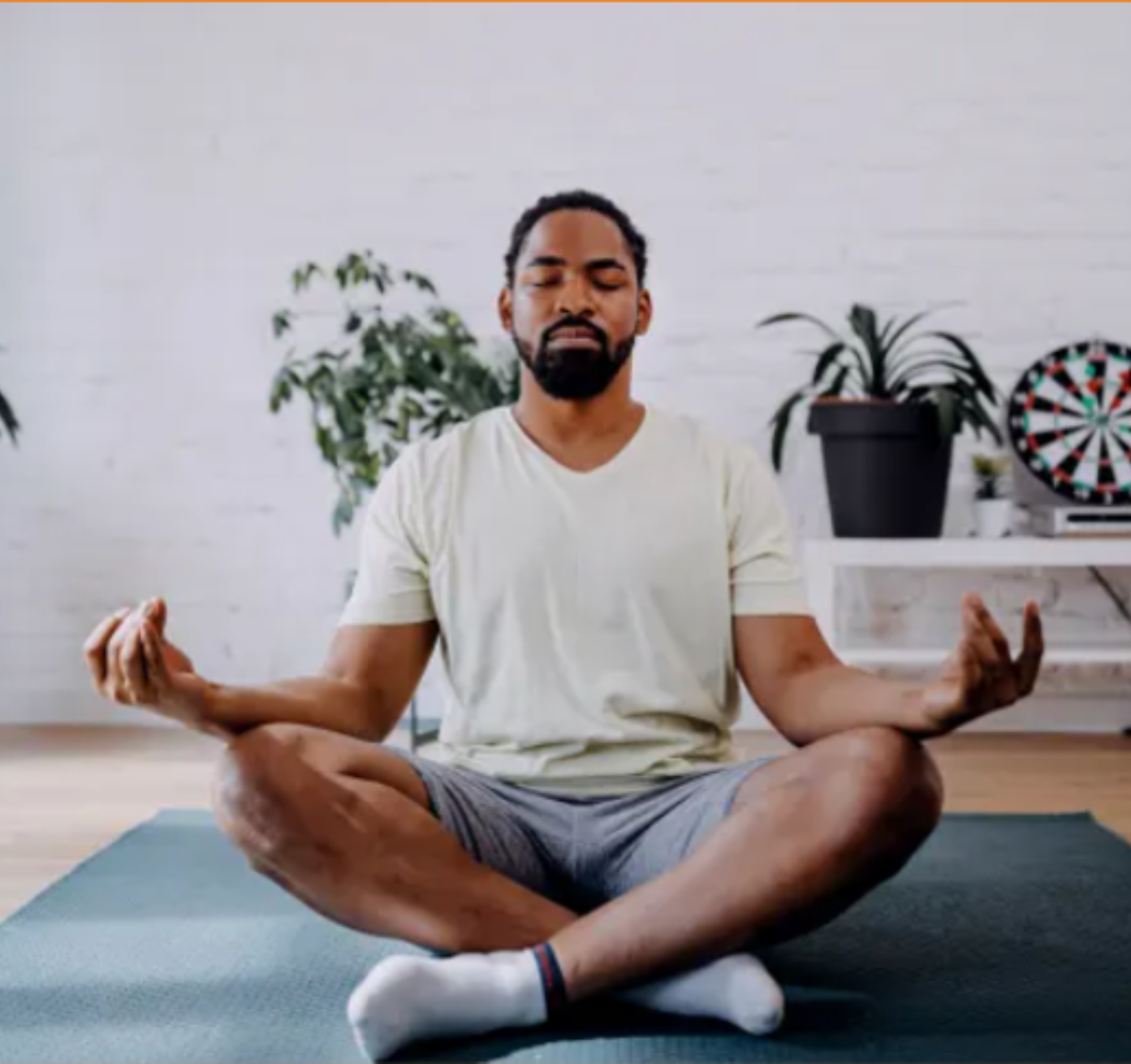
Humming Bee Breathing
Inhale slowly and deeply through the nose.
On exhalation, make a low-pitched 'hmmm' sound like you are humming or buzzing like a bee, with your lips gently pressed and your mouth closed.
Feel the vibration of the buzzing, dominating your attention and knocking out all or most thoughts.
Do 3-5 Bees Breath.
Some people like to put their hands over their ears to magnify the hum, but you don't have to do that

Chair Breathing
Sit comfortably on a chair with your feet on the floor.
Close your eyes if it feels ok, and focus on your breath.
Imagine with each inhale that you are drawing the air all the way up from your feet into the top of your head, and with exhale, sending the air all the way down your body and out into the floor beneath your feet.
You can imagine you are drawing up goodness and nourishment from the earth with each breath in, and sending any negativity, worry or tension out into the floor with each breath out.
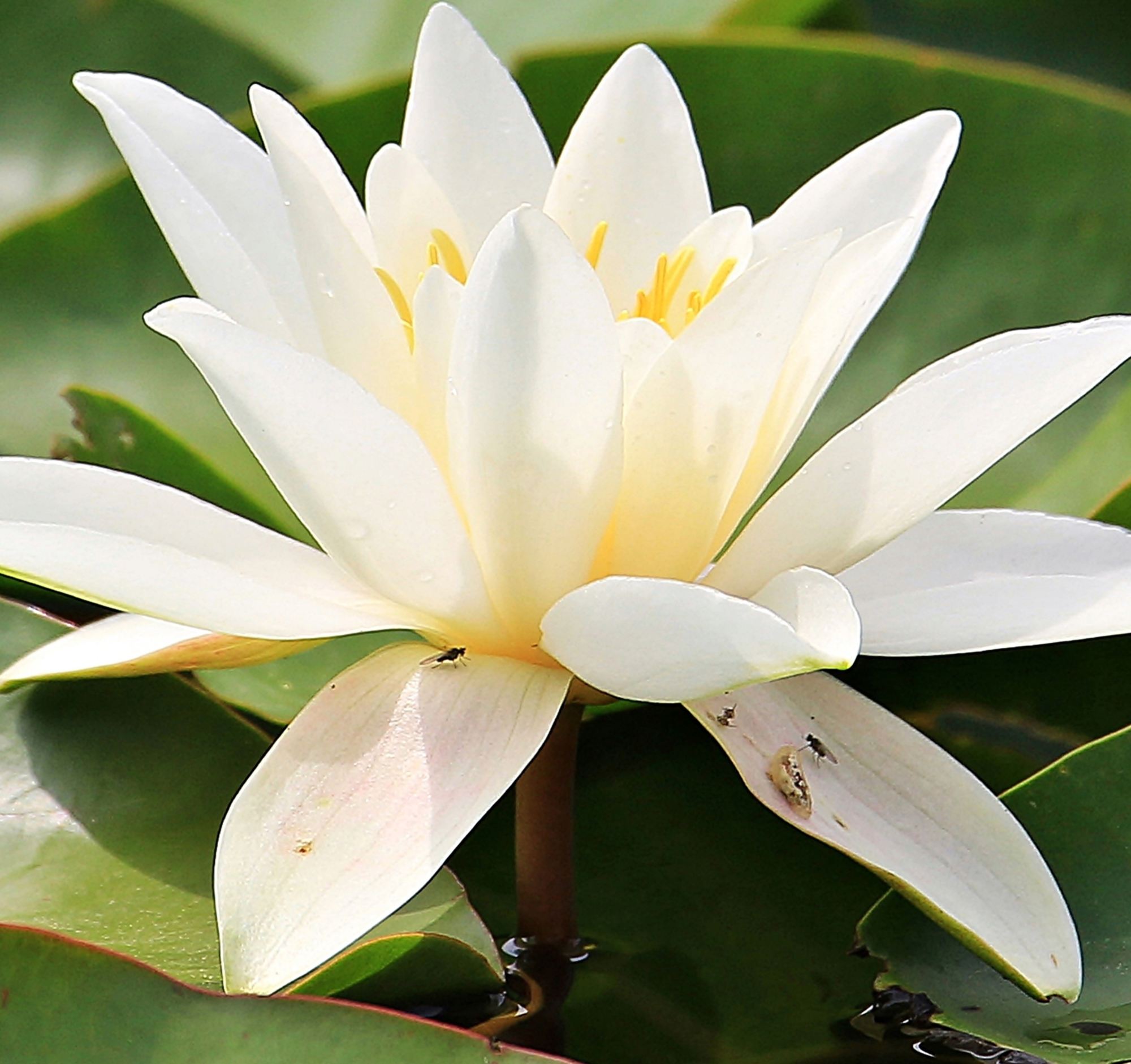
Lotus Flower breathing
Hold your hand with the fingers closed together, as though they are a closed flower bud, and then as you breathe in, you slowly open your fingers, like a flower opening.
As you breathe out, close your fingers back together.
The aim is to really focus on synchronising your breath with the movement of your hand, so they are perfectly in sync, and holding your focus on hand movement and breath together.
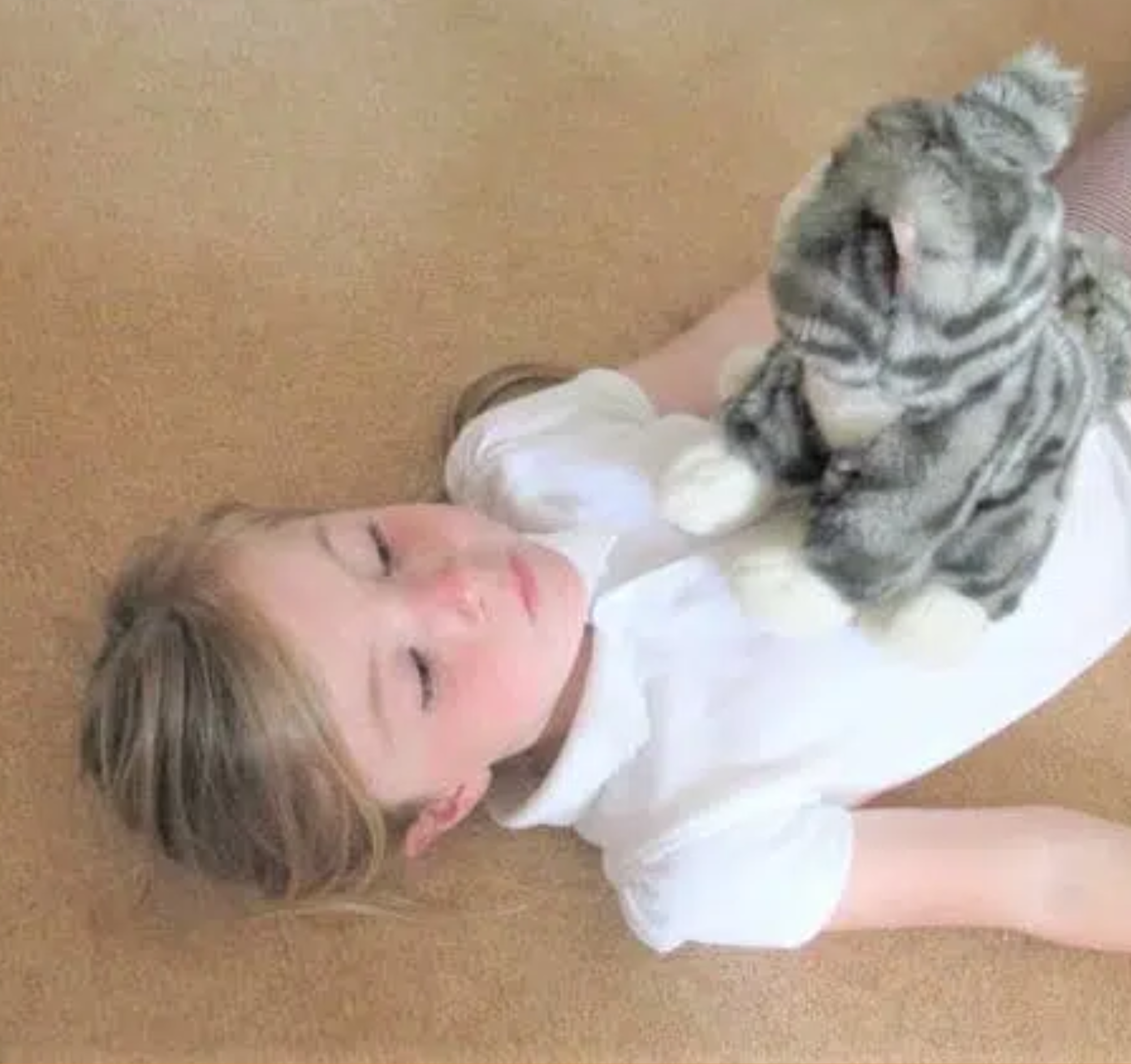
Sleepy Teddy Breathing - For our mini MCAS warriors
Put a teddy on the child's lower abdomen as they lie down in bed.
The idea is for them to 'rock teddy to sleep' with their breathing - teddy goes up and down as they breathe.
This encourages them to breathe deeply and slowly into their lower abdomen, as they see teddy rising and falling,
It helps little ones to understand where they are sending the breath and how to breathe diaphagamatically.
They keep going until teddy is asleep (and hopefully they are too!).
You can view some other mindfulness activities for children here.
Become a friend
Sign up to become a Friend of Mast Cell Action so we can keep you up to date on our progress and on how to get involved in our latest campaigns and initiatives.
Donate
Mast Cell Action relies entirely on the generosity of people like you. Please make a donation now and together we can make a difference to those affected by MCAS.






